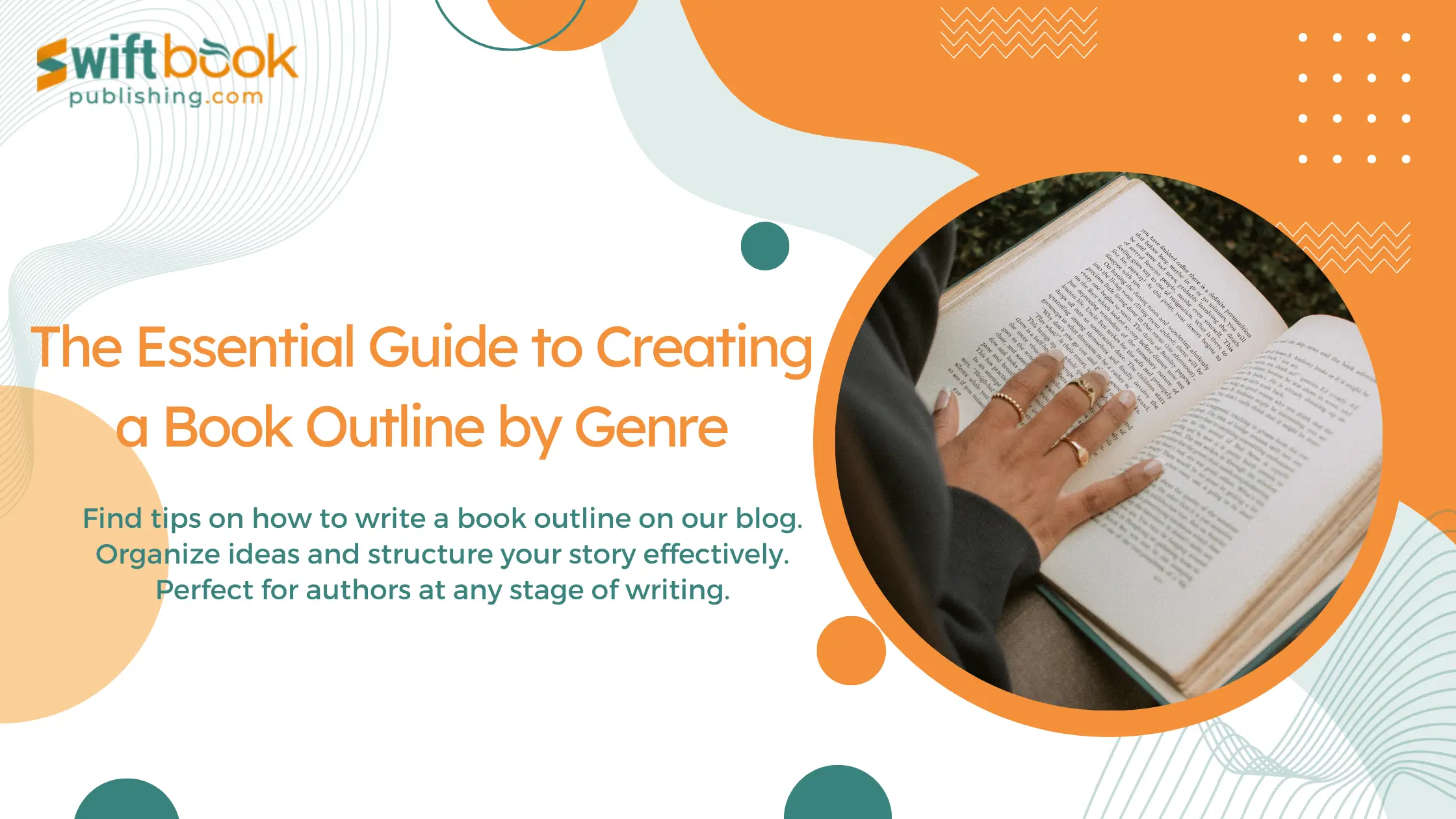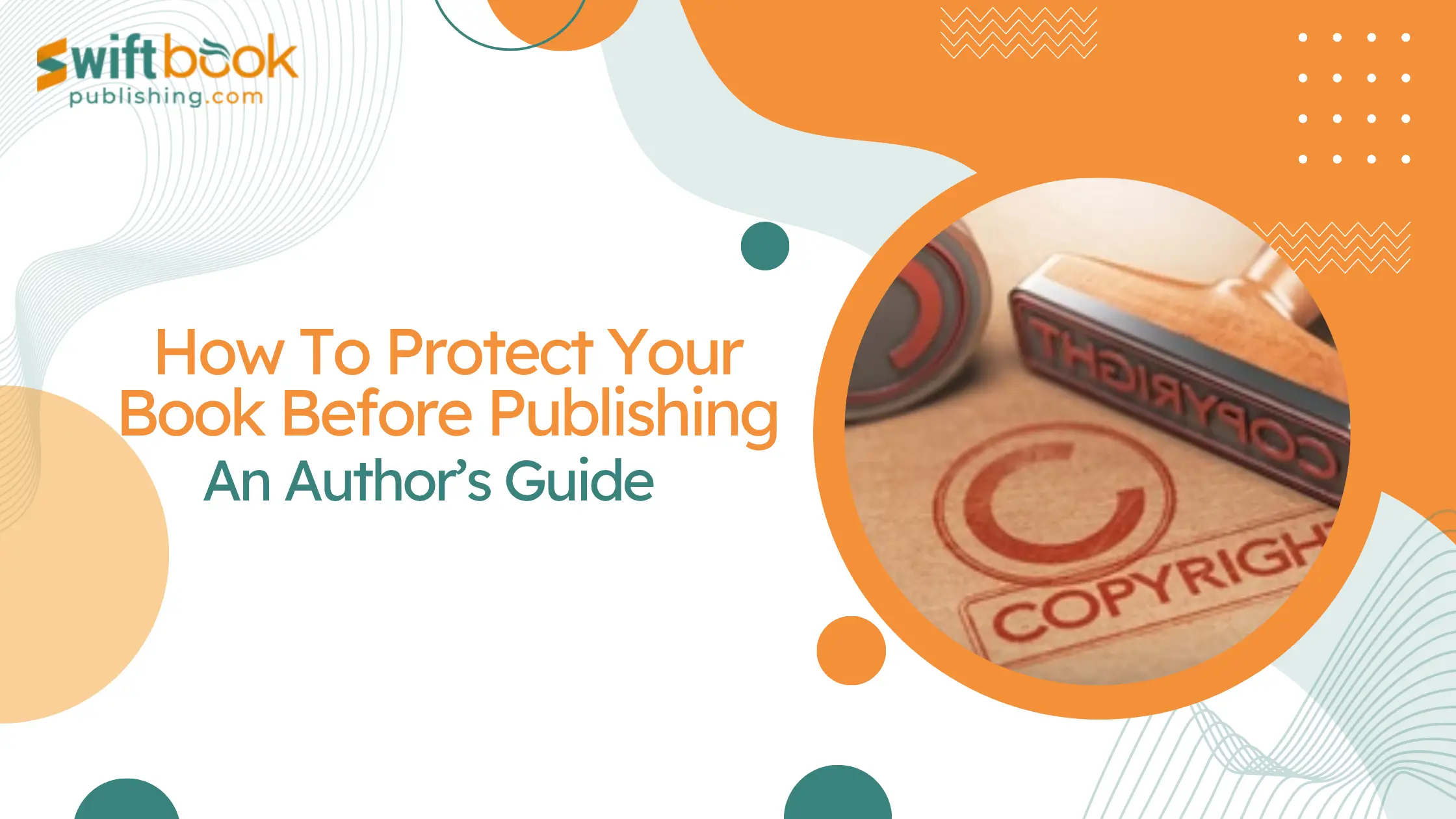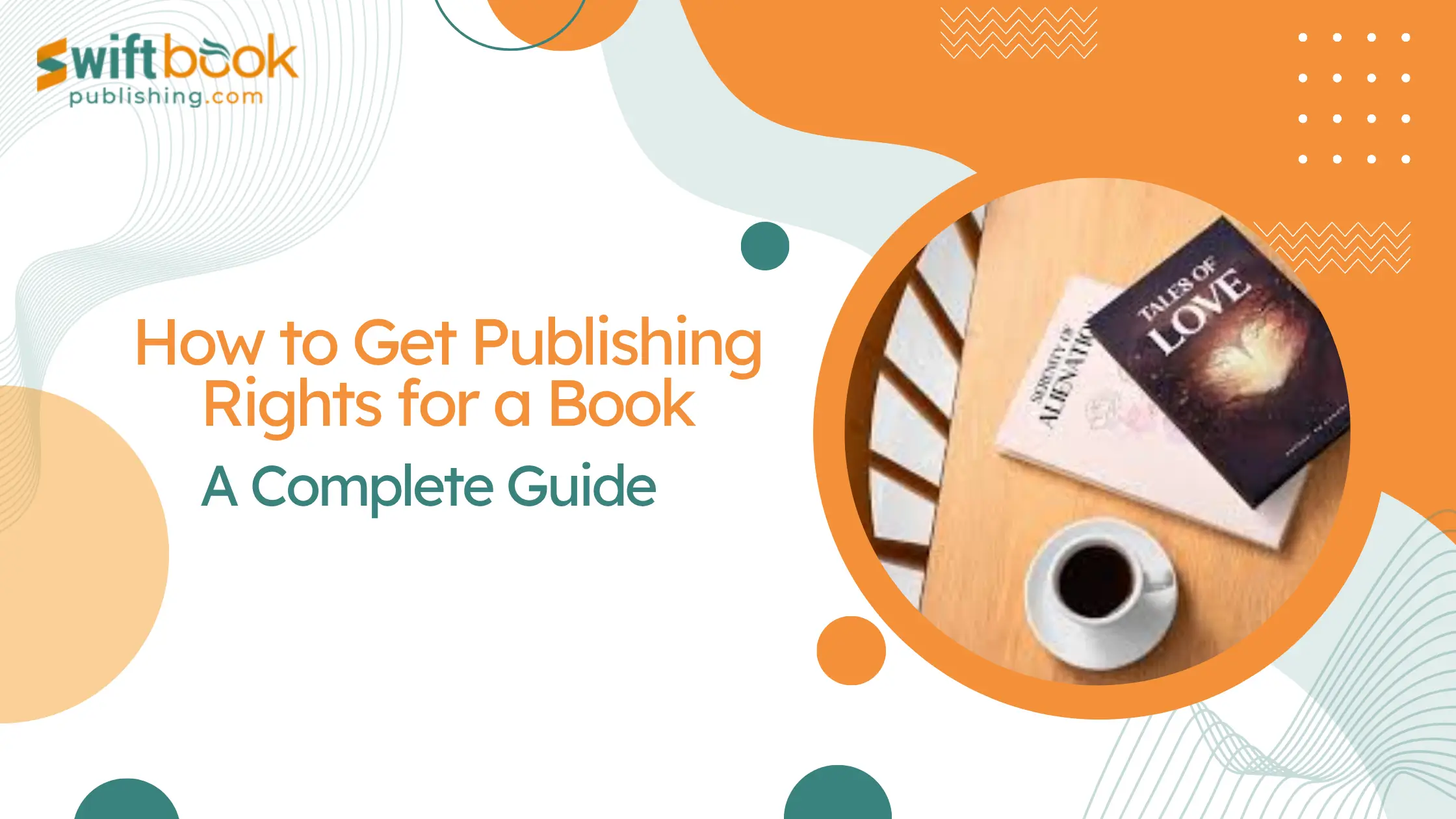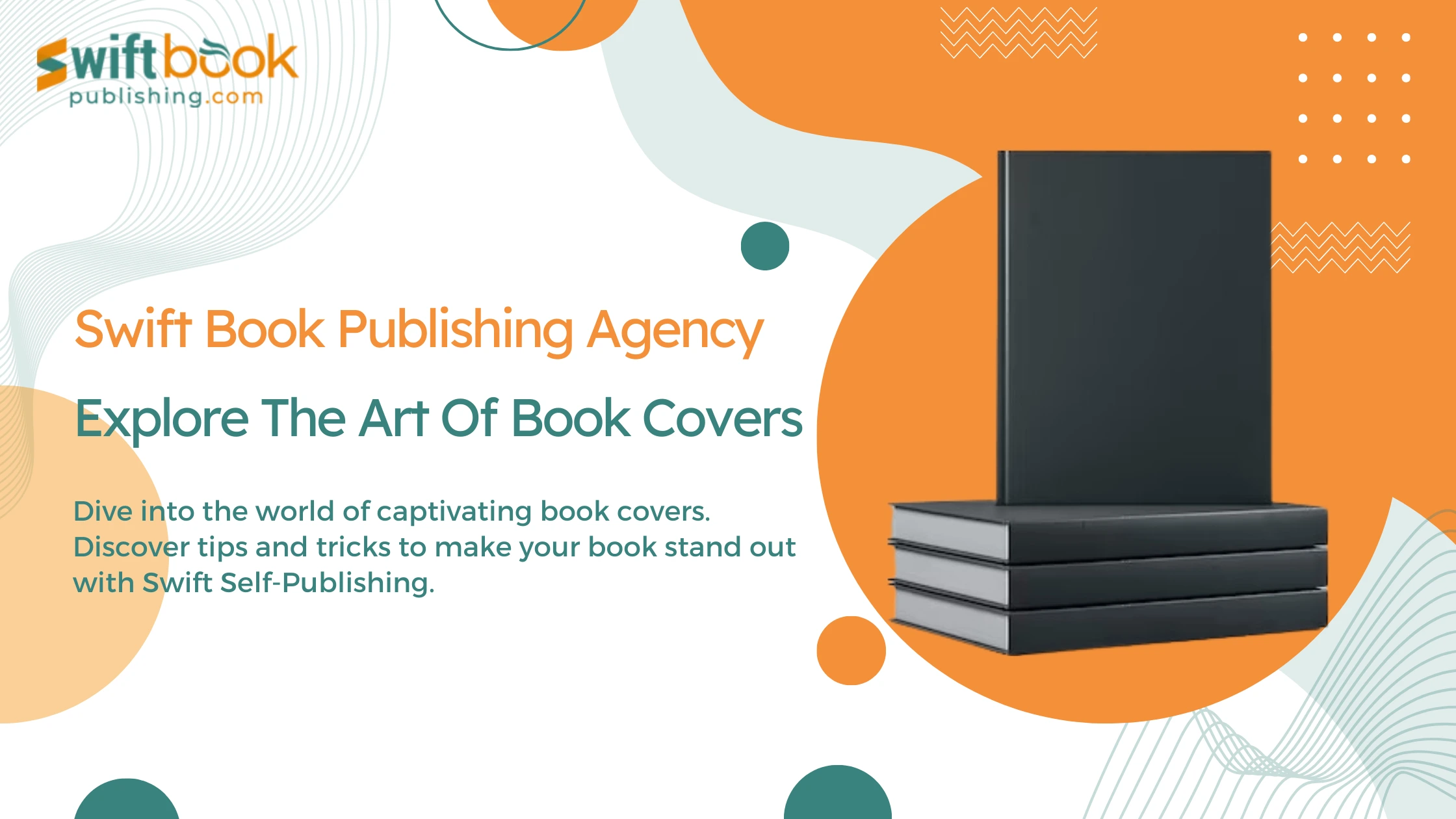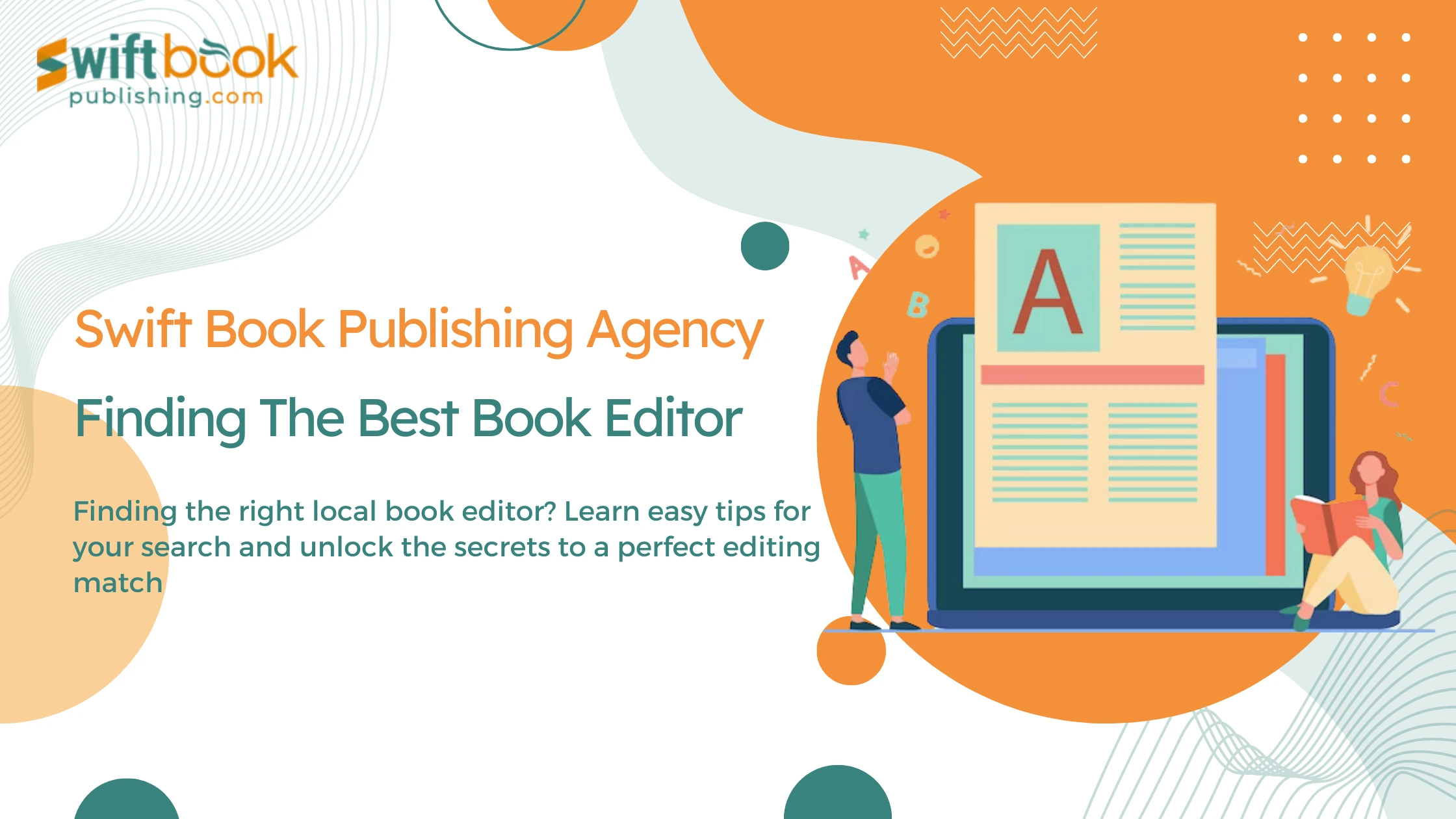A staggering 90% of successful authors swear by the power of outlining to help them create compelling stories, develop well-rounded characters, and avoid the dreaded writer’s block.
Why is Outlining Important In the Writing Process?
- It helps authors stay organized and focused, ensuring that their ideas flow logically and coherently.
- A well-crafted outline can also improve the overall pacing and structure of a book, making it more engaging and easier to follow.
- By breaking down the writing process into manageable chunks, outlining can even help reduce the likelihood of writer’s block.
However, not all outlines are created equal. Different genres require different approaches to outlining, and what works for a romance novel may not work for a sci-fi epic. That’s why it’s essential to tailor your outline to your book’s specific genre. In this guide, we’ll explore the ins and outs of how to write a book outline, with a focus on creating genre-specific outlines that will help you bring your story to life.
Whether you’re working on a fiction book outline, a non-fiction book outline, or something in between, this guide will provide you with the tools and techniques you need to create a compelling and effective outline.
So, let’s dive in and explore the world of book outlining, and discover how this essential step can help you become a more confident, productive, and successful author.
By the end of this guide, you’ll have a solid understanding of the importance of outlining and the skills to create a genre-specific outline that will help you achieve your writing goals.
Creating a Book Outline: A Step-by-Step Guide
Creating a book outline is a important step in the writing process, as it helps authors organize their ideas, structure their narrative, and stay focused on their writing goals. In this section, we’ll walk you through a step-by-step guide on how to write a book outline, with a focus on creating genre-specific outlines.
Step 1: Define Your Genre & Target Audience
Before you start outlining, it’s essential to define your genre and target audience. This will help you tailor your outline to your specific needs and ensure that your book resonates with your readers.
Must Read: How to Find the Right Book Target Audience
How to Write a Non-fiction Books Outline
When writing a non-fiction book, it’s important to clearly identify your topic, target audience, and the purpose of your book.
- What problem do you want to solve for your readers?
- What information do you want to convey?
- What tone do you want to use?
Answering these questions will help you create an outline that is focused, informative, and engaging.
How to Write a Fiction Books Outline
When writing a fiction book, you need to establish a clear narrative arc that includes key elements like plot, characters, and themes.
- Who are your main characters?
- What are their motivations and goals?
- What conflicts will they face, and how will they overcome them?
- What themes do you want to explore?
- How will you develop them throughout the story?
How to Write a Children’s Books Outline
When writing a children’s book, your outline should focus on engaging young readers with age-appropriate language, illustrations, and a clear moral message.
- What age group are you targeting?
- What themes do you want to explore?
- how will you convey them in a way that is relatable and accessible to your young readers?
How to Write an Educational Books Outline
When writing an educational book, your outline should prioritize clear organization, factual accuracy, and a structured approach to presenting information.
- What topic do you want to cover?
- What are the key concepts and ideas that you want to convey?
- How will you organize your content to make it easy to follow and understand?
Step 2: Brainstorm & Generate Ideas
Once you have a clear idea of your genre and target audience, it’s time to brainstorm and generate ideas for your outline.
Books Outline Tips
There are several brainstorming techniques that can help you generate ideas for your outline, including mind mapping, freewriting, and outlining potential chapters or scenes. Don’t be afraid to think outside the box and explore different ideas and perspectives.
Outline of Book
There are different types of outlines that you can use, depending on your genre and writing style. Some common types of outlines include plot outlines, character outlines, and chapter outlines. Experiment with different types of outlines to find what works best for you.
Step 3: Structure Your Outline
Once you have a list of ideas, it’s time to structure your outline.
How to Write a Novel Outline
A novel outline typically includes specific sections, chapters, and potential subplots. Here is an example of a novel outline:
- Introduction: Introduce protagonist and setting
- Inciting Incident: Event that sets the story in motion
- Rising Action: Series of events that build tension and conflict
- Climax: Turning point in the story
- Falling Action: Resolution of the conflict
- Conclusion: Final thoughts and reflections
Book Outline Examples
Here are some concrete examples of outlines for different genres:
- Mystery Novel: Introduction, Inciting Incident, Investigation, Twist, and Resolution
- Biography: Introduction, Early Life, Career, Personal Life, Legacy
- Science Fiction Novel: Introduction, World-Building, Plot, Character Development, and Conclusion
Step 4: Develop Your Outline
Once you have a basic structure for your outline, it’s time to develop it further.
- A strong outline should include elements like creating a compelling opening, building suspense, and ensuring a satisfying conclusion. Think about how you can use pacing, dialogue, and description to bring your story to life.
- Different genres require different approaches to outlining. For example, a character-driven approach might work well for a romance novel, while a plot-driven approach might be more suitable for a thriller. Experiment with different strategies to find what works best for your book.
By following these steps, you can create a comprehensive and effective outline that will help you write a compelling and engaging book. Remember to be flexible and open to changes as you write, and don’t be afraid to revise your outline as needed. With a solid outline in place, you’ll be well on your way to writing a book that will resonate with your readers.
Bonus Tips for Writing an Effective Book Outline
Now that you’ve got your outline in place, here are some key tips to help you make it truly effective:
Keep it Concise and Clear
Your book outline should be a roadmap, not a dense jungle. Keep it streamlined and easy to follow. Use clear headings, concise descriptions, and a logical structure that makes it simple to understand and edit. A well-organized outline will not only save you time and effort during the writing process but also make it easier to identify areas where you might need to revise or expand upon your ideas.
Focus on the Big Picture
While it’s important to have a detailed outline, don’t get bogged down in the minutiae. Focus on the core ideas and themes that will shape your book. What are the main messages you want to convey? How will these ideas be presented? A strong outline will help you stay focused and ensure that your story or non-fiction work remains coherent and meaningful.
Don’t Be Afraid to Change
The beauty of an outline is its flexibility. As you write, you might discover new ideas, encounter unexpected challenges, or realize that your initial approach isn’t working. Don’t be afraid to adapt and modify your outline as you go. It’s a tool to help you stay on track, not a rigid set of rules. Be prepared to make changes, add new ideas, or eliminate unnecessary elements.
Outline as a Guide, Not a Constraint
Remember that an outline is a guide, not a prison. It’s a tool to help you stay organized and on track, but it should not stifle your creativity. Don’t let it become an obstacle to your writing flow. If you feel the need to deviate from your outline, go for it! The most important thing is to keep moving forward and bringing your story to life.
By following these tips, you can turn your book outline into a powerful tool that will help you write a compelling and successful book.
Basic Outline Format
While the specifics of your outline will vary depending on your genre and the nature of your book, here’s a basic format that can serve as a starting point for most authors:
1. Introduction
- Hook: Start with an engaging opening that captures your reader’s attention.
- Background: Provide context for your topic or story.
- Thesis/Central Argument: State the main point or purpose of your book.
2. Body
- Main Points/Chapters: Divide your book into clear sections or chapters.
- Supporting Evidence/Details: Provide evidence, examples, and details to support your main points.
- Transitions: Use transitional sentences to smoothly move between different sections or ideas.
3. Conclusion
- Summary: Summarize the main points of your book.
- Reiteration of Thesis: Restate your main argument or point.
- Call to Action: Encourage your reader to take action or reflect on the information presented.
4. Optional Sections
- Preface or Foreword: Provide an introduction or overview of the book’s purpose.
- Acknowledgments: Express gratitude to people who helped you with the book.
Note: This is a general framework that can be adapted to various genres and book writing styles. For example, if you’re writing a novel outline, you might include sections for character development, plot points, and potential subplots. If you’re writing a non-fiction book outline, you might focus on organizing your arguments and supporting evidence.
By adhering to a basic outline format, you’ll create a clear and organized structure for your book that will guide your writing process and help you stay on track.
Related Blog: How to Find the Perfect Book Idea? A Practical Guide
Conclusion
Creating a book outline is a crucial step in the writing process, and it’s essential to do it right. By following the tips and guidelines outlined in this post, you can create a comprehensive and effective outline that will help you stay on track and produce a high-quality manuscript. Remember to be flexible, focused, and open to change, and you’ll be well on your way to writing a compelling and engaging book.
Frequently Asked Questions
Do I need to outline for every book I write?
Yes, outlining is a valuable tool for writers of all genres and experience levels. It helps with organization, clarity, and overall storytelling.
How long should my outline be?
The length of your outline depends on your book and your writing style. Aim for a detailed outline for complex books and a more general outline for simpler ones.
Is it better to outline before or after writing?
Both approaches have their merits. Some writers prefer to outline first to ensure a clear structure, while others prefer to write freely and then use the outline to refine their work.
What if I don’t have any ideas?
Don’t worry! Start by brainstorming, freewriting, or mind-mapping. You can also research your topic or look for inspiration in other works.


